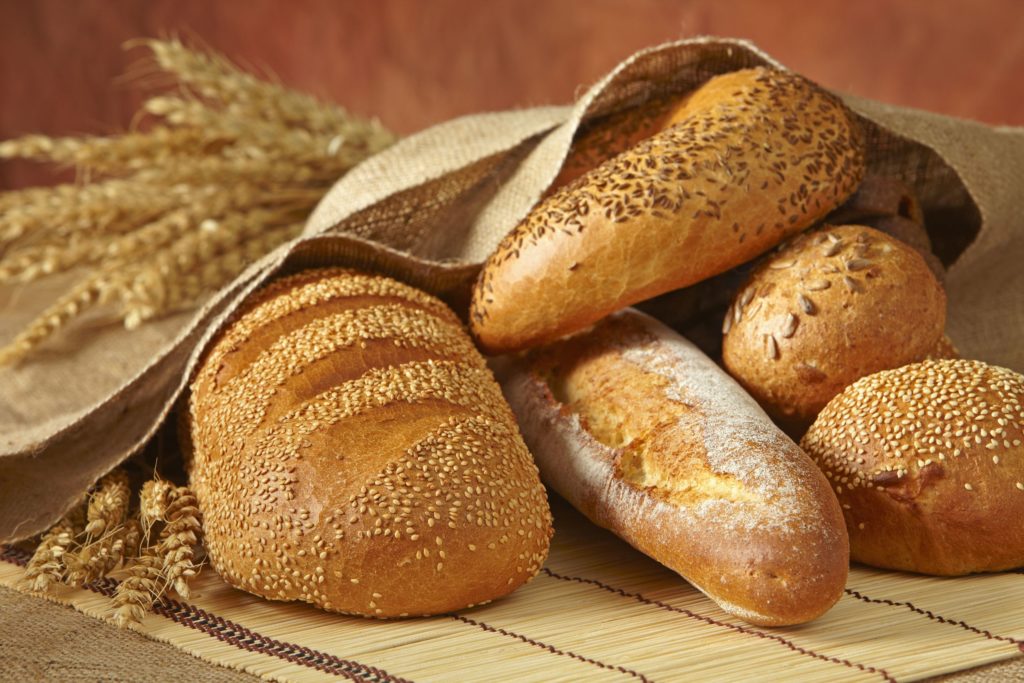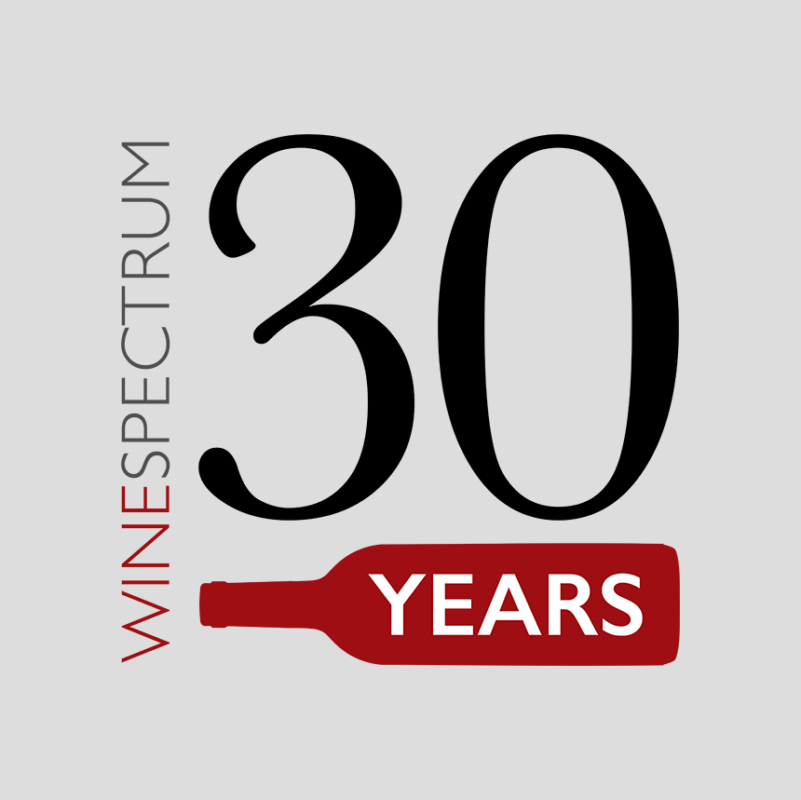Wine Words
Tasting Notes: Word of the Week “Yeasty”
Fresh baked bread, brioche, warm sourdough rolls, and baguettes…What do these baked goods and your favorite bottle of bubbly have in common?
The answer: Yeast!
These micro organisms are responsible for making our bread rise and wine sparkle.
Sparkling wines have extended contact with yeast during the fermentation process which is what gives us the yeasty or bread-like quality. Sparkling wines go through an initial fermentation much the same as still wines, in barrels whether they be stainless steel or oak. But they also undergo a secondary fermentation. There are several methods used to carry out this secondary fermentation. The most well known is the Traditional or “Champagne method” where the base cuvee is bottled with a mixture of sugar and yeast. The introduction of a fresh yeast and food source (the sugar) triggers the fermentation process in the bottle that the wine will eventually be sold in. Through the process of riddling and eventually disgorgement, the dead yeast cells (lees) are removed from the wine while still maintaining the dissolved carbon dioxide gas. This process your bubbly undergoes is what gives the often bread-like notes plus added complexity of secondary flavors, not to mention the bubbles!
So grab a bottle of bubbly (and maybe a fresh baguette) and enjoy the benefits of yeast!
Our Recommendation:Jean Vesselle Oeil de Perdrix Brut
The “eye of the partridge” is Vesselle’s very special blanc de noirs, a 100% Pinot Noir cuvée. Consider the come-hither scent of a strawberry tart cooling in a windowsill. Fresh, yeasty biscuits and plump cherries. Puffs of gunflint and smoke. All this is wrapped into a bold Bouzy Pinot Noir that with the talents of Vesselle has been transformed into a graceful temptress.




